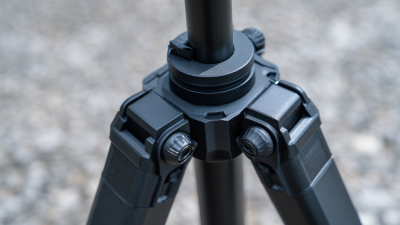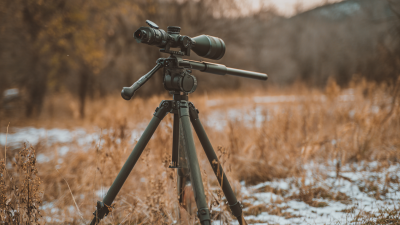In the realm of photography, achieving stability is paramount to capturing the perfect shot, and this is where the carbon fiber tripod shines as an essential tool. The evolution of tripod technology has led to the widespread adoption of carbon fiber tripods, which offer a unique combination of lightweight design and exceptional rigidity. The science behind these sophisticated pieces of equipment underscores their superiority over traditional aluminum tripods, particularly in challenging shooting conditions. With their ability to dampen vibrations and withstand the rigors of outdoor environments, carbon fiber tripods enable photographers to unlock new levels of precision and creativity. Furthermore, their portability ensures that both amateur and professional photographers can venture into the wild without the burden of heavy gear. This article delves into the key features and benefits of carbon fiber tripods, offering valuable tips for photographers seeking to enhance their craft through improved stability and innovative techniques in their photographic journey.
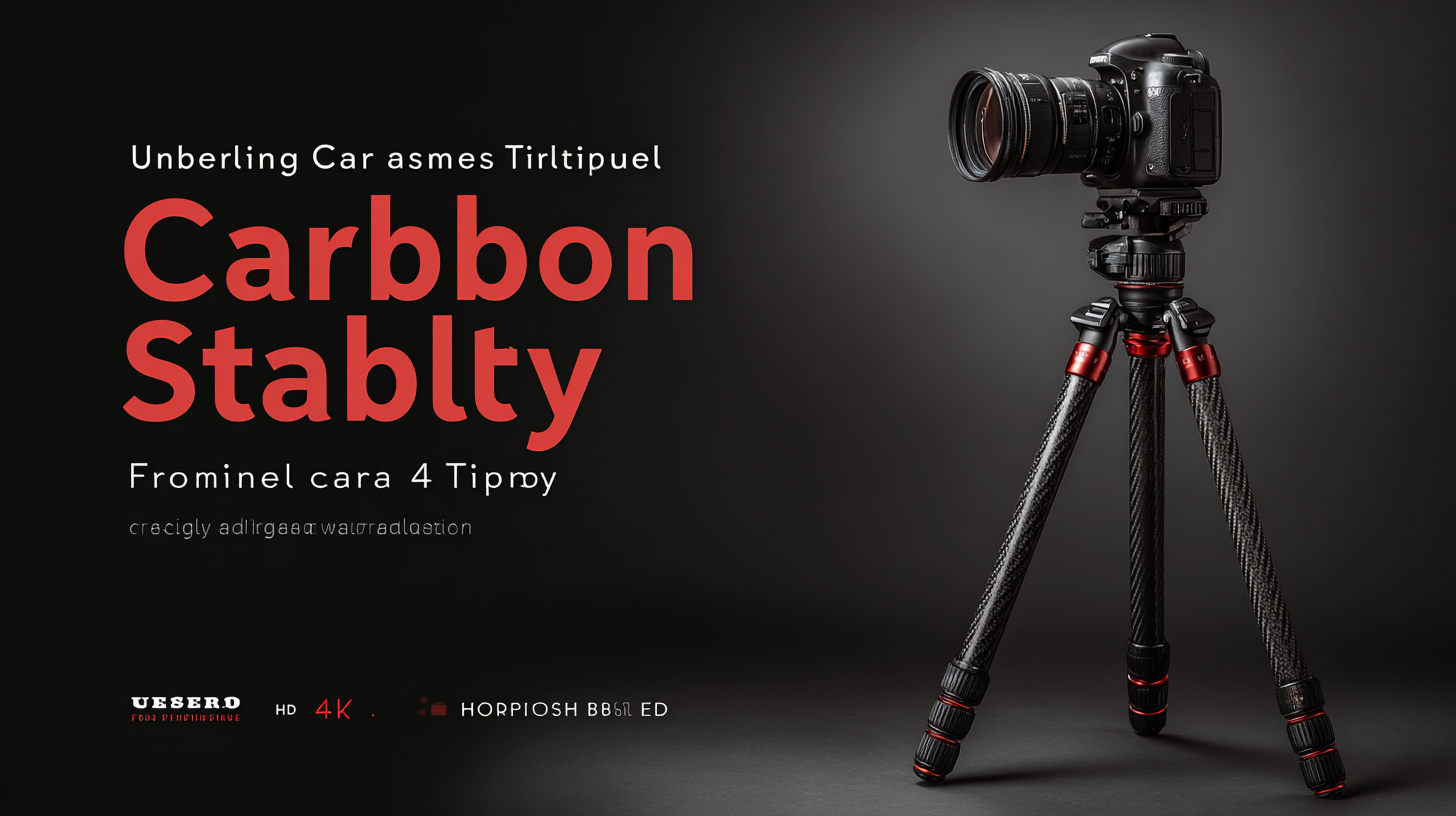
Carbon fiber tripods are increasingly becoming the preferred choice for photographers, thanks to their exceptional strength-to-weight ratio. This material is not only lightweight, making it easier to carry during outdoor shoots, but also incredibly durable. Photographers benefit from the stability that carbon fiber tripods provide, minimizing vibrations and ensuring sharp images even in challenging conditions. This unique combination of features makes carbon fiber tripods a smart investment for both professional and amateur photographers alike.
The tripod market is poised for significant growth, with projections indicating an increase from $3.405 billion in 2025 to $4.64 billion by 2033, supported by a compound annual growth rate (CAGR) of 3.5%. As more photographers seek high-quality, reliable equipment, the demand for lightweight yet sturdy options like carbon fiber tripods will likely continue to rise. This trend underscores the importance of innovative materials in meeting the evolving needs of the photography industry, where stability and ease of use are paramount.
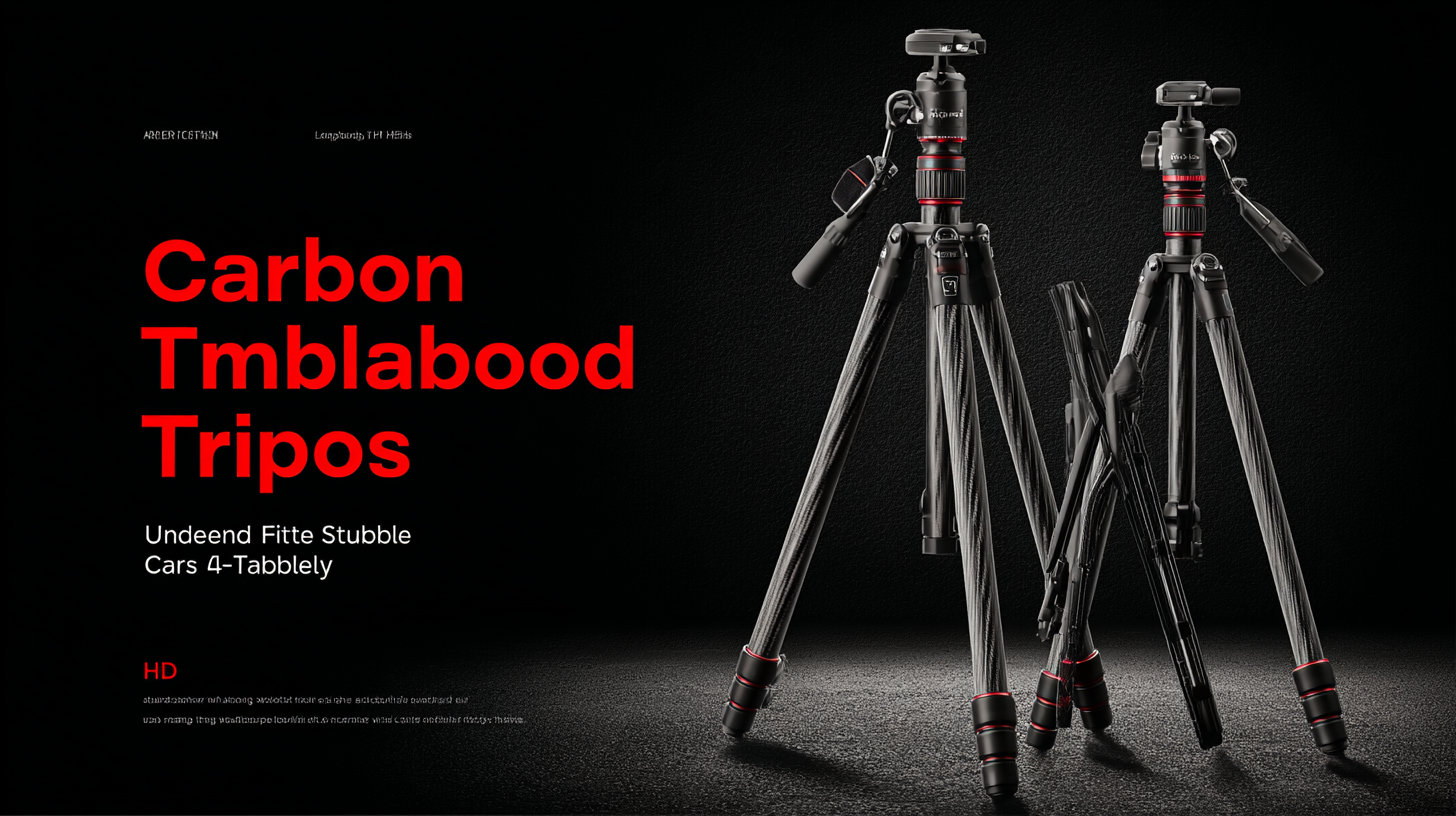
Carbon fiber has revolutionized the photography industry, particularly when it comes to tripods. With its superior strength-to-weight ratio, carbon fiber exhibits remarkable vibration damping properties, making it a preferred material for photographers seeking stability. According to a study by the Camera and Imaging Products Association (CIPA), carbon fiber tripods can reduce vibrations up to 30% more effectively than their aluminum counterparts. This is crucial when using heavy camera systems or shooting in windy conditions, where even the slightest movement can compromise image quality.
The science behind vibration damping in carbon fiber is rooted in its unique composite structure. Unlike metal, which transmits vibrations quickly due to its rigidity, carbon fiber absorbs and disperses energy much more efficiently. The International Society for Optics and Photonics (SPIE) reports that the inherent damping of carbon fiber contributes to a steadier base for long exposure shots, significantly enhancing the sharpness of images. This becomes even more important for professional photographers, where precision is paramount, underscoring the significant impact of utilizing advanced materials like carbon fiber in photography gear.
The tripod market is experiencing significant growth, projected to reach a value of $3.524 billion by 2025 and expanding to $4.64 billion by 2033, with a CAGR of 3.5%. As photography evolves, especially with the rise of 4K live streaming and the increasing weight of mirrorless cameras, the importance of stability in capturing high-quality images cannot be overstated. Photographers must carefully consider their choice of tripod material, as both carbon fiber and aluminum offer unique advantages suited to different needs.
Carbon fiber tripods are celebrated for their lightweight properties and superior vibration dampening capabilities, making them ideal for professional photographers who require portability without sacrificing stability. In contrast, aluminum tripods offer durability at a more affordable price point, attracting enthusiasts and casual users. As the demand for versatile and reliable support systems grows, innovations such as multifunctional hybrid tripod solutions are also emerging, allowing creators to seamlessly adapt to various shooting environments, whether for photography or videography.
Carbon fiber tripods have become essential tools for photographers, particularly when it comes to long exposure photography. The inherent stability of carbon fiber material minimizes vibrations and unwanted movements, which is vital when capturing images over extended periods. A study conducted by the Camera and Imaging Products Association (CIPA) indicates that even the slightest shake can affect long exposure shots, resulting in blurred images. In fact, switching from aluminum to carbon fiber tripods can reduce vibrations by up to 50%, leading to sharper photographs.
Tips for photographers: Always choose a tripod that meets the weight requirements of your camera setup. A sturdy, well-constructed carbon fiber tripod not only supports heavier DSLRs but also enhances stability in windy conditions or uneven terrains. Additionally, consider using a tripod with adjustable leg angles for more precise positioning, which is especially useful when shooting in diverse environments.
Moreover, the lightweight nature of carbon fiber tripods makes them ideal for travel without compromising on stability. When shooting landscapes or night photography, utilizing a carbon fiber tripod allows for longer exposure times—often exceeding 30 seconds—without the risk of grain and noise that can mar the final image. Investing in a high-quality tripod is crucial for capturing breathtaking long exposure shots that showcase the beauty of your surroundings.
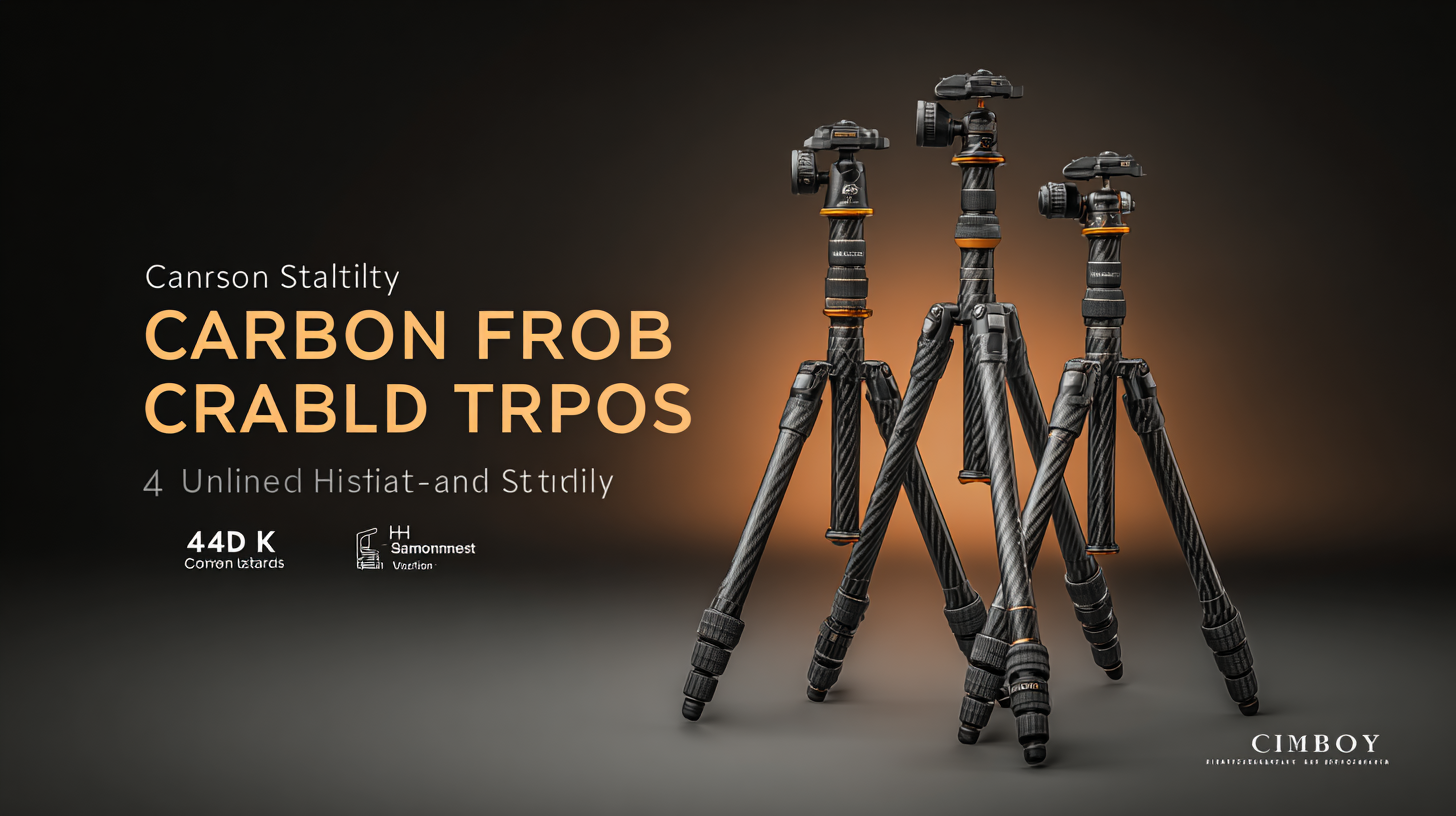
Choosing the right carbon fiber tripod is crucial for photographers looking for stability and lightweight support. When evaluating tripods, one should consider key specifications such as load capacity, height range, weight, and construction quality. According to a recent industry report by the Camera and Imaging Products Association (CIPA), carbon fiber tripods can typically support loads ranging from 20 to 60 pounds, making them ideal for everything from compact DSLRs to large-format cameras.
Additionally, the height and weight of the tripod play a pivotal role in usability. Most carbon fiber tripods offer a folded height under 20 inches, which is advantageous for travel photographers. They usually weigh between 3 to 5 pounds, greatly reducing the burden during long hikes. A study by Outdoor Photographer Magazine indicated that photographers prefer tripods below 4 pounds for ease of transport without compromising camera stability.
Factors such as twist-lock or flip-lock leg mechanisms and the number of sections also impact setup time and portability—typically, a tripod with 4 to 5 leg sections provides the best balance between compactness and stability.
